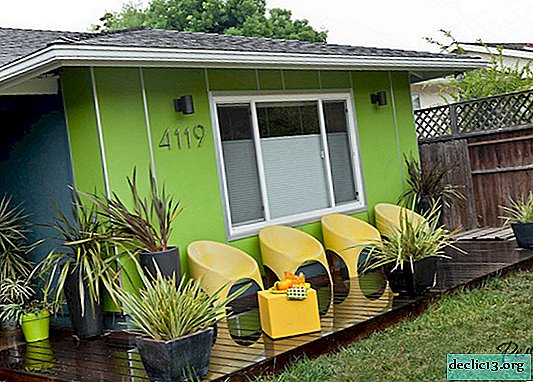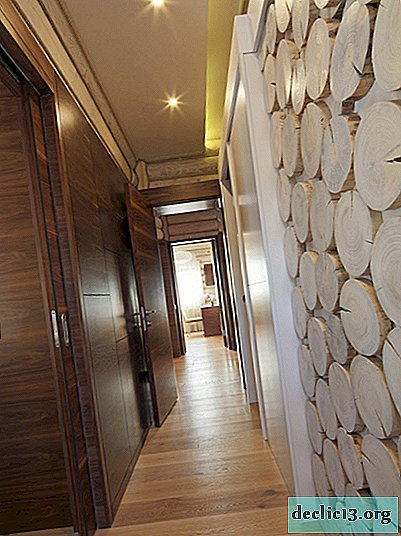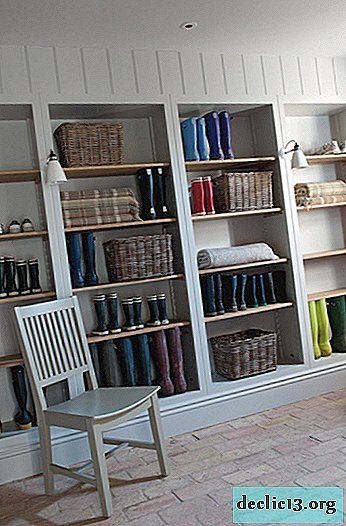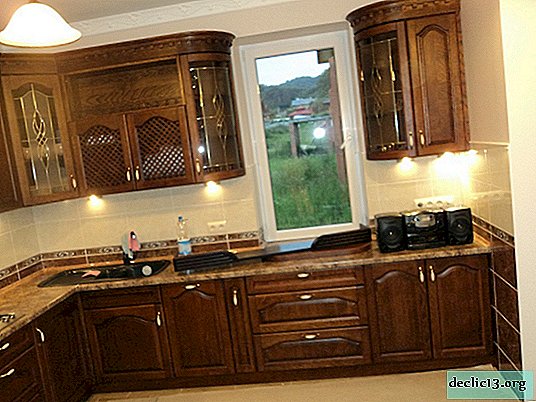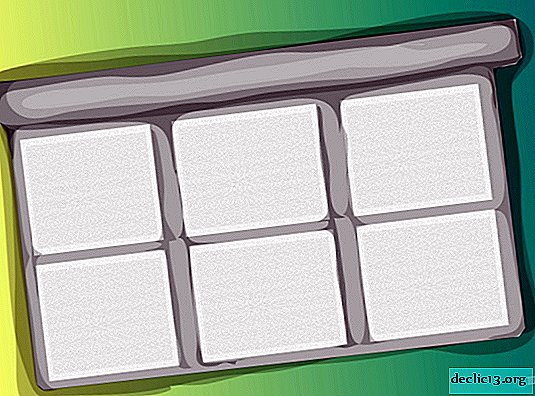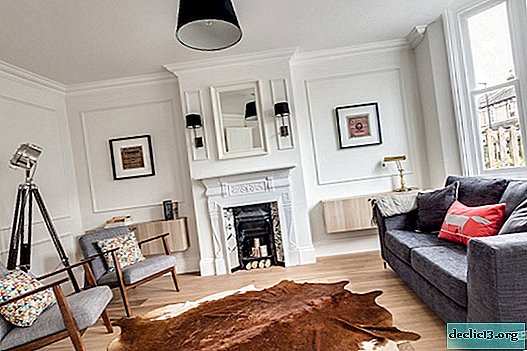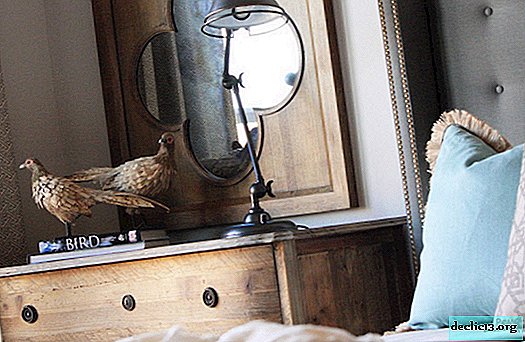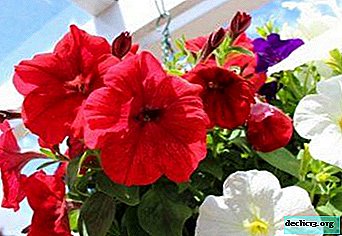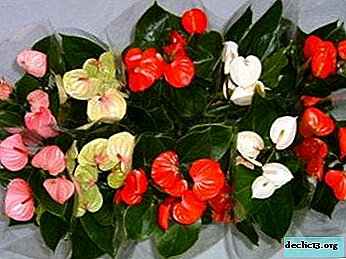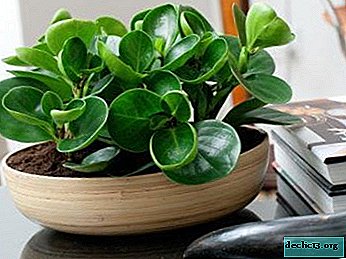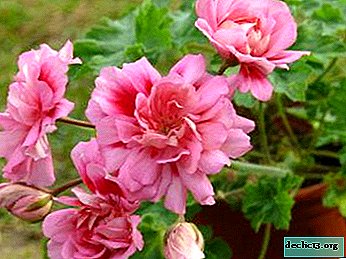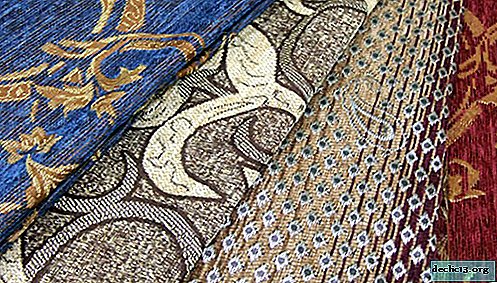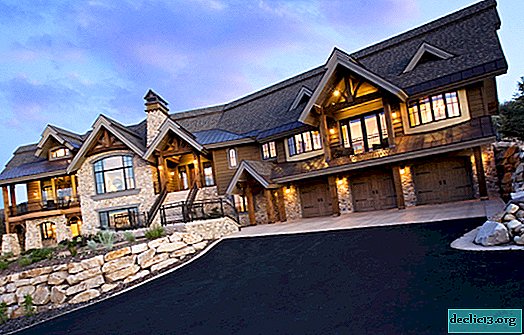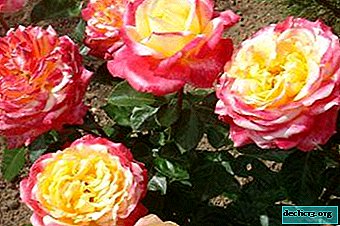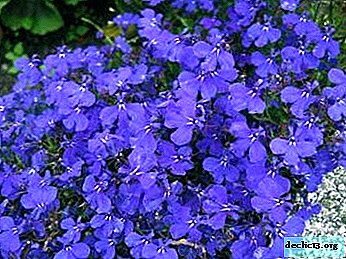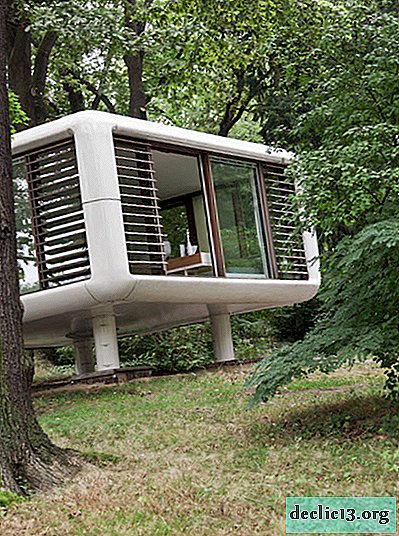Mineral plaster: composition, photo, application technique
Mineral plaster is a natural, environmentally friendly material, which is a dry building mixture, which is used for both internal and external works.
The composition of the mineral plaster and its application
Mineral plaster is made on the basis of lime hydrate, marble granulate, high-quality white Portland cement and light mineral aggregates. Such plaster is very economical in costs and is well suited for thermal insulation of a building. Although the plaster contains lime that does not tolerate water, the material itself can be safely cleaned and washed, since it is based on substances that prevent lime from "melting".
The material is intended both for interior decoration and for facade work. By the way, during facade work, plaster is often used in an external thermal insulation system. Mineral decorative plaster is not picky in work and it can be applied on any mineral substrates, including gypsum plasters, asbestos cement, plywood, fiberboard, particleboard, concrete and gypsum board. But still, the mixture is best suited for walls that are subject to abrasion or have a protruding surface (entrances, stairwells, corridors, etc.) as well as for the basement of buildings.
Photos of works made using mineral plaster
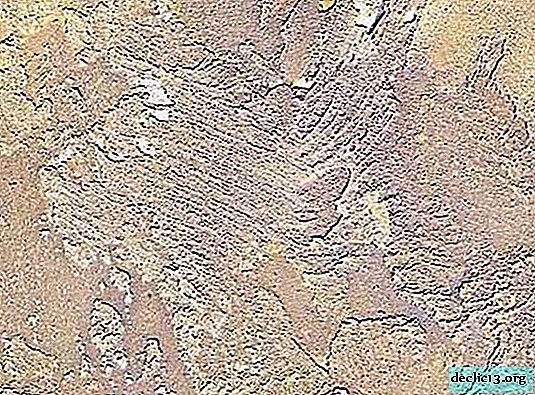









Mineral decorative plaster: advantages
- environmentally friendly material;
- high resistance to mechanical damage and precipitation;
- resistance to temperature differences and frost resistance;
- allows the walls to "breathe";
- fireproof;
- ease in leaving (any detergents can be used for cleaning).
Mineral Plastering Technique
- The surface must be thoroughly cleaned, leveled and dried.
- Next, you need to clean the surface of old finishing materials. Removing each of the materials has its own difficulties. Read more here for the entire process. After this, it is necessary to putty on the defective areas on the surface and primer.
- We wait until the wall dries. After that, you can start applying the material.
- According to the instructions on the package, it is necessary to dilute the dry solution with water in accordance with these recommendations.
- Next, you need to process the entire wall without a break, from corner to corner. At corners and joints, it is best to use masking tape, it will allow you to get a flat surface. It is necessary to read in advance in the instructions how many layers are recommended. Quantity may vary by manufacturer. Material is not applicable at temperatures below 5aboutC. Material dries within 3 days.

